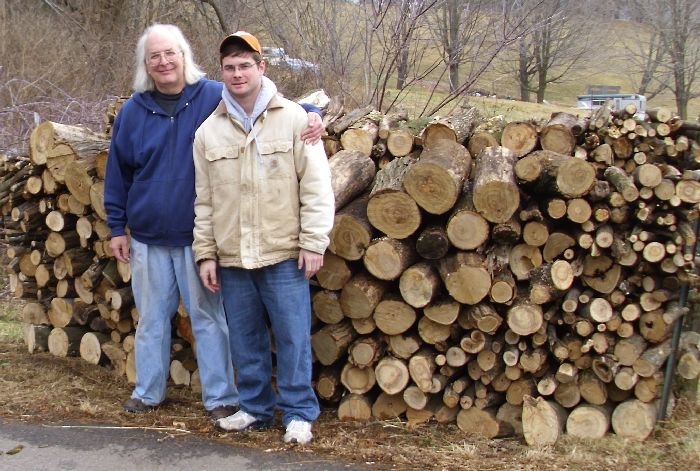A number of people have written to comment about the Thinking About 3D Printing Technology post. Obviously, I still have a lot to learn about this technology and some of your questions have taken me quite by surprise (I’ll address some of them later, after I have conducted more research). I always appreciate it when you make me think through the topics I post because the conclusions I reach often make great fodder for book topics.
The one question that didn’t take me by surprise was one of safety. After all, it’s important to know that the output you create is safe. At the time I wrote that post, there was little on the topic of safety, which is why I didn’t include any sort of safety information. A recent article entitled, “3D-Printed Medical Devices Spark FDA Evaluation” tells that the issue of safety is on a lot of other people’s minds as well. The problem for the FDA is that it can’t actually test a printed medical device in any meaningful way and still allow a hospital to use the device in a reasonable time frame (such as in an emergency room), so it allows use of these printed devices on the basis of similarity to devices it has tested thoroughly. In other words, the printed output must match an existing device, except that it provides a custom fit for a particular patient.
I thought about that article for quite some time. It seems to tell me that the FDA is reviewing the issue of safety, but hasn’t come to any final conclusions yet. What I’m trying to do is weigh articles like this one against other articles that decry the complexity and problems of using 3D printing technology. For example, 3D printing: Don’t believe the hype states outright that many of the plastics used for 3D printers aren’t even food safe. I’m assuming that the FDA requires hospitals that rely on this technology to use the correct, safe, materials. Even so, the article does make one wonder about the safety of the materials provided for consumer-level products. Not many people will be able to afford a hospital grade device.
Safety extends beyond the end product, however, and this is where a true scarcity of information occurs. For example, when you melt some plastics, the process produces Hydrogen Cyanide (HCN), which is an extremely dangerous gas. I thought it fortunate that I found an article on the topic entitled, “Is 3D Printing Safe?” The short answer to seems to be yes, 3D printing is relatively safe, but you’ll want to ensure you have proper ventilation when doing so.
This whole issue of safety does concern me because new technologies often have hidden safety issues that are later corrected after someone encounters them (usually with unfortunate results). Like any tool, a 3D printer isn’t a toy—it is a device for creating some type of specific output. For the most part, I’d recommend against letting children use such a device without parental supervision (preferably by a parent who has actually read the manual). I’d like to hear more of your concerns about 3D printing at [email protected].

